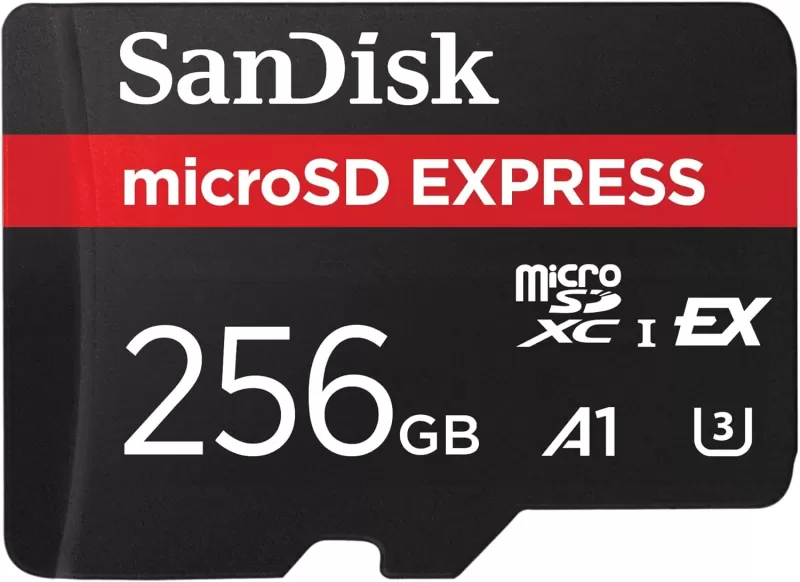"Switch 2 microSD Express Cards: 128GB for $45"
In a recent extended 60-minute Nintendo Direct, the company offered an in-depth look at the upcoming *Nintendo Switch 2*, revealing key details such as its official price point of $449.99, and a confirmed release date of June 5, 2025. Alongside this, Nintendo also announced a robust lineup of new games designed specifically for the next-generation system.
One major detail revealed during the presentation was that the Switch 2 will exclusively support microSD Express cards for storage expansion. This means users won’t be able to transfer over their existing microSD cards from the original Switch. If you plan to expand your storage capacity, you’ll need to invest in compatible microSD Express memory cards. SanDisk already has options available on Amazon, including a 128GB model priced at $44.99 and a 256GB variant at $59.99.

SanDisk microSD Express Cards – Pricing
- SanDisk 256GB microSD Express Card – $59.99 (was $64.99)
- SanDisk 128GB microSD Express Card – $44.99 (was $49.99)
The Nintendo Switch 2 comes with a generous 256GB of internal storage—marking a significant jump from the original Switch’s 32GB. While this may seem like more than enough space at first glance, it's important to consider that game file sizes are expected to grow substantially with the new hardware. For instance, one of the larger titles on the current Switch, *Tears of the Kingdom*, takes up around 16GB. However, its enhanced Switch 2 version—as well as future titles like *Mario Kart World*—could require significantly more space.
Exact file sizes for Switch 2 games have yet to be officially disclosed, but given the console’s advanced capabilities, players should expect much larger downloads. Unlike the original Switch, which accepted standard microSD, microSDHC, and microSDXC cards, the Switch 2 will only work with high-speed microSD Express cards.
Why is Nintendo switching to microSD Express?
The decision to adopt microSD Express technology represents a major leap forward in portable storage performance. Traditional microSD cards top out at around 104 MB/s using the UHS-I interface, while microSD Express cards can leverage PCIe and NVMe protocols to reach speeds of up to 985 MB/s—nearly ten times faster.
This speed boost ensures smoother loading times and better performance when handling the larger, more complex games being developed for the Switch 2. As a result, backward compatibility with older card types has been dropped entirely to maintain optimal system performance and prepare for the demands of next-gen gaming.
Downsides of microSD Express Compatibility
While the switch to microSD Express brings impressive performance gains, there are trade-offs. The most immediate issue is cost—Express cards are significantly more expensive than traditional SD cards. For example, a standard 128GB microSD card for the original Switch typically retails for between $10 and $15, whereas a comparable microSD Express card currently costs around $45.
Additionally, availability remains limited, with only a few manufacturers like SanDisk and Samsung producing these cards at scale. Although Nintendo’s choice supports faster load times and better scalability for future titles, it does place added financial responsibility on consumers who wish to extend their storage capacity.
If you’re planning to upgrade to the Switch 2, be sure to factor in the cost of a compatible microSD Express card into your budget. For more highlights from the Nintendo Switch 2 Direct event, [ttpp] offers further insights into the full range of announcements made during the broadcast.





























